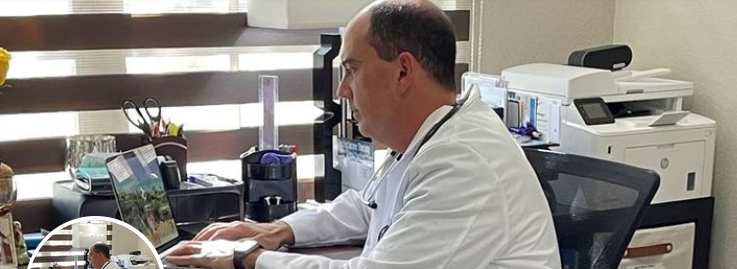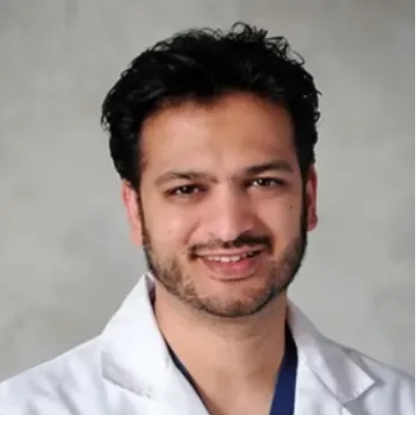In the realm of orthopedic medicine, stem cell therapy has emerged as a revolutionary approach with promising potential to redefine treatment strategies for various musculoskeletal conditions and injuries. Stem cells, known for their unique ability to regenerate and differentiate into specialized cells, offer a beacon of hope for patients seeking effective and regenerative solutions for orthopedic issues by Dr Manuel Abreu.
Orthopedic conditions, including joint injuries, osteoarthritis, tendon or ligament damage, and even bone fractures, pose significant challenges in terms of healing and recovery. Traditional treatments often focus on managing symptoms or invasive procedures like joint replacements, with varying degrees of success and potential limitations. Enter stem cell therapy—a cutting-edge approach that taps into the body’s natural healing mechanisms to restore and regenerate damaged tissues.
Stem cell therapy involves the utilization of either a patient’s own stem cells (autologous) or donor cells (allogeneic) to promote healing and tissue repair. These cells can be harvested from various sources, including bone marrow, adipose tissue, or even umbilical cord blood. Once harvested, these cells are processed and injected into the affected area, where they work their magic by promoting tissue regeneration and modulating the local environment to foster healing.
One of the primary advantages of stem cell therapy in orthopedics lies in its regenerative potential. Stem cells have the remarkable ability to transform into specialized cells, such as bone, cartilage, or muscle cells, depending on the needs of the injured or degenerated tissue. This regenerative Dr Manuel Abreu capacity offers the prospect of not just managing symptoms but potentially repairing and regenerating damaged tissues, thus addressing the root cause of orthopedic conditions.
Moreover, stem cell therapy is minimally invasive compared to traditional surgical interventions. Procedures involving stem cell injections typically require only local anesthesia and involve minimal downtime, allowing patients to resume their daily activities sooner than after traditional surgeries.
The application of stem cell therapy in orthopedics continues to expand, with ongoing research focusing on optimizing techniques, identifying the most effective sources of stem cells, and exploring combinations with other regenerative approaches or growth factors to enhance outcomes.
However, challenges such as standardization of protocols, long-term efficacy studies, and regulatory considerations remain areas of active exploration and development in the field of stem cell therapy for orthopedic conditions.
In conclusion, stem cell therapy represents a promising frontier in orthopedic medicine, offering a regenerative approach that goes beyond symptom management to potentially restore function and repair damaged tissues. As research advances and techniques evolve, the integration of stem cell therapy holds the promise of transforming orthopedic care, providing patients with innovative, Dr Manuel Abreu regenerative solutions for various musculoskeletal conditions and injuries.



